The fungi kingdom is home to some very interesting species and behaviors. One of the strange facts about mushrooms that might shock you – the biggest living organism on Earth isn’t what you’d expect. It’s not a massive whale or a towering sequoia tree. It’s a honey fungus in Oregon that covers 2,385 acres of land!
Fungi have some truly bizarre history and abilities – they can multiply after lightning strikes and use amazing tactics to survive. Research keeps finding new mushroom species and capabilities. And their existence reminds us to look deeper than what we see on the surface. Nature’s most state-of-the-art designs often show up where we least expect them.
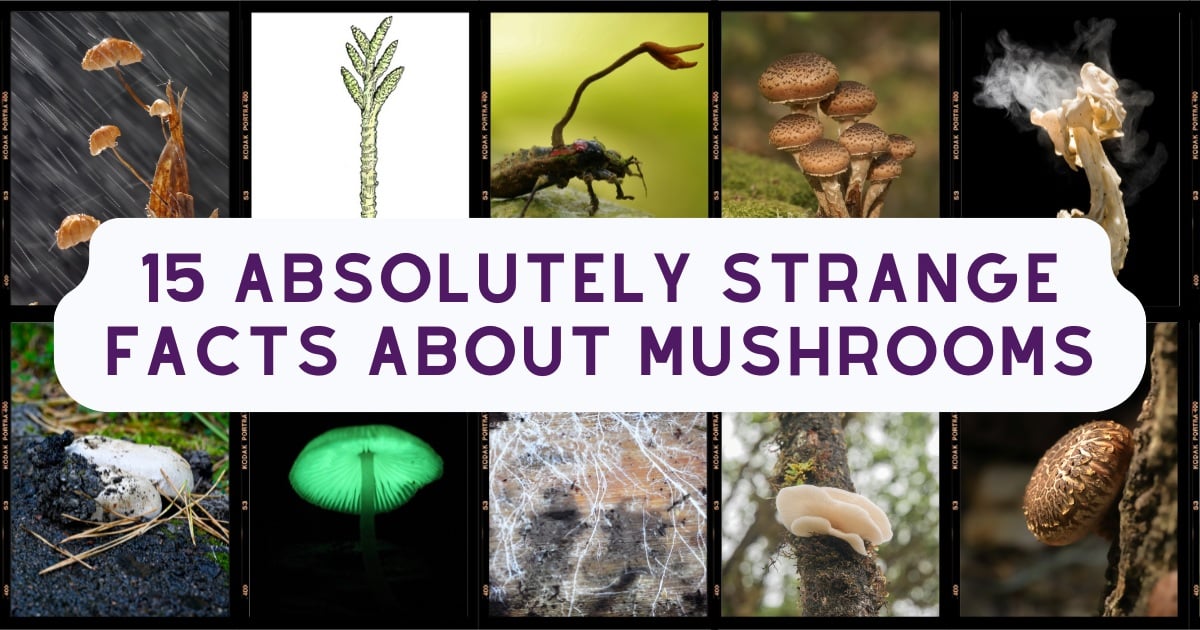
Jump to:
- Giant Prehistoric Mushrooms Once Towered 24 Feet High (Maybe)
- Lightning Strikes Make Mushrooms Multiply
- Mushroom Create Their Own Wind
- Glowing Mushrooms
- Mushrooms Learn and Remember
- Zombie Fungi
- The Largest Living Organism Is a Mushroom
- Mushrooms Can Digest Plastic
- Some Mushrooms Can Survive Radiation
- Mushrooms Are More Related to Humans Than Plants
- Certain Mushrooms Can Create Rain
- Mushrooms Can Generate Electricity
- Some Mushrooms Can Break Through Concrete
- Mushrooms Can Hunt Their Prey
- Mushrooms Communicate Through Vast Underground Networks
Giant Prehistoric Mushrooms Once Towered 24 Feet High (Maybe)
Giant organisms called Prototaxites ruled Earth’s prehistoric world before trees took over the landscape. A common thought among many researchers is that these tree-like growths are actually a fungi species. These tall organisms flourished between 420 to 350 million years ago during the Late Silurian to Late Devonian periods.
There is still a lot of debate, and as of March 2025, a new theory was put forth suggesting that Prototaxites is actually an entirely new life-form to science and not a mushroom at all. This hasn’t been verified though, and is still being explored.
Scientists discovered these fossils in 1859, and the first studies made them think the fossils were old conifer trees. However, after looking closer at their inner structure, they realized these giants might be fungi. The fossils have a special tube-like structure with straight tubes arranged in circles, much like with fungi. Each tube is only 5 to 50 microns wide, which is about half the width of a human hair.
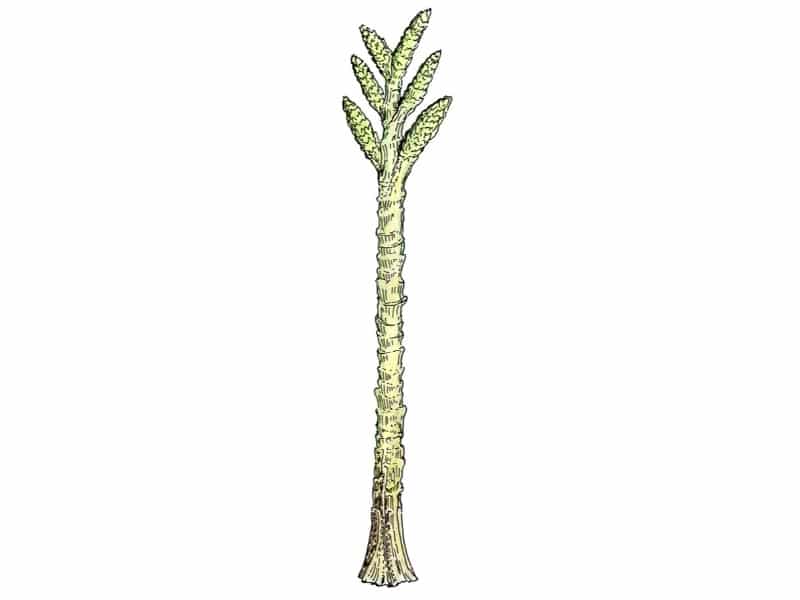
Retallack, CC BY-SA 3.0
Prototaxites reached staggering heights of up to 24 feet (8 meters). And their trunks were nearly 3 feet (1 meter) wide. Not all were this tall, though, with some species being rather short. The other vegetation around at the time was literally tiny in comparison to the giant ones, though. Cooksonia, a plant from the same era, grew to only 2.4 inches tall. These giants must have looked like massive telephone poles rising up from the Earth compared to everything else growing around them.
The success of these prehistoric organisms came from their unique feeding strategy. For comparison, modern fungi depend on plants and trees (as saprotrophs, symbionts, or parasites). Prototaxites, though, thrived on carbon-rich microbial mats in floodplain environments. And their incredible height served an essential purpose. The taller a mushroom is, the more easy it is to spread spores further in the wind.
The Late Devonian period was the end of these giants. The emergence of the first forests and the rise of land animals broadened Earth’s biodiversity, and Prototaxites gradually vanished from the scene.
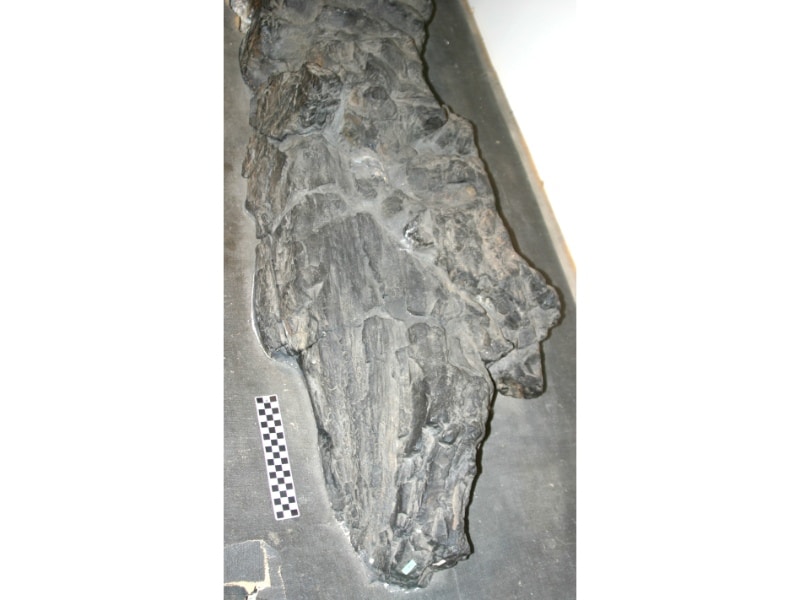
By G.J. Retallack – Own work, CC BY-SA 4.0
Lightning Strikes Make Mushrooms Multiply
Japanese farmers discovered by accident hundreds of years ago that lightning makes mushrooms grow better. For centuries, scientists thought this was just an old wives tale, but now it has been proven true. Electrical storms actually help mushrooms multiply.
Scientists in northern Japan ran a four-year study on ten mushroom species. The results were pretty incredible – eight mushroom species grew much better when they got zapped with lightning-strength electricity. Shiitake mushroom production, in particular, doubled. Nameko mushrooms grew 80% more than usual when zapped.
The researchers found that mushrooms respond the most from quick electrical bursts that last just a ten-millionth of a second at 50,000 to 100,000 volts. These controlled electrical pulses change how mushrooms’ hyphae (tiny root-like filaments) behave. First, the zap reduces their enzyme and protein output and then suddenly produces much more.
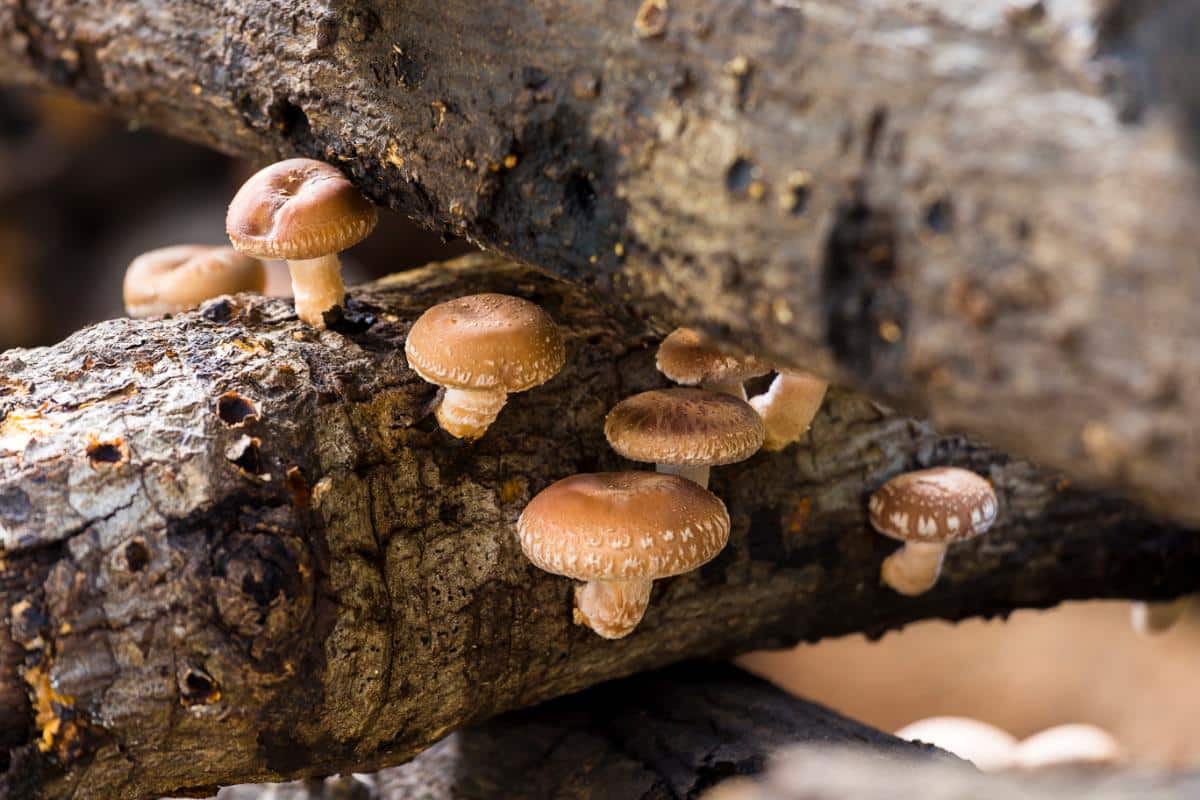
This discovery revolutionized commercial mushroom farming. Farmers now use special equipment that mimics lightning strikes to grow certain mushroom varieties. Mushroom growers found that logs placed 10 feet away from these artificial strikes produced twice as many mushrooms as untreated ones.
The science behind this is pretty neat. The electric discharge creates a quick temperature spike and sends a shock wave through the growing medium. The vibration caused by the electric pulse shakes up the mushroom’s hyphae, which makes them reproduce faster. Scientists speculate this might help mushrooms survive – they speed up reproduction when they sense the threat of lightning.
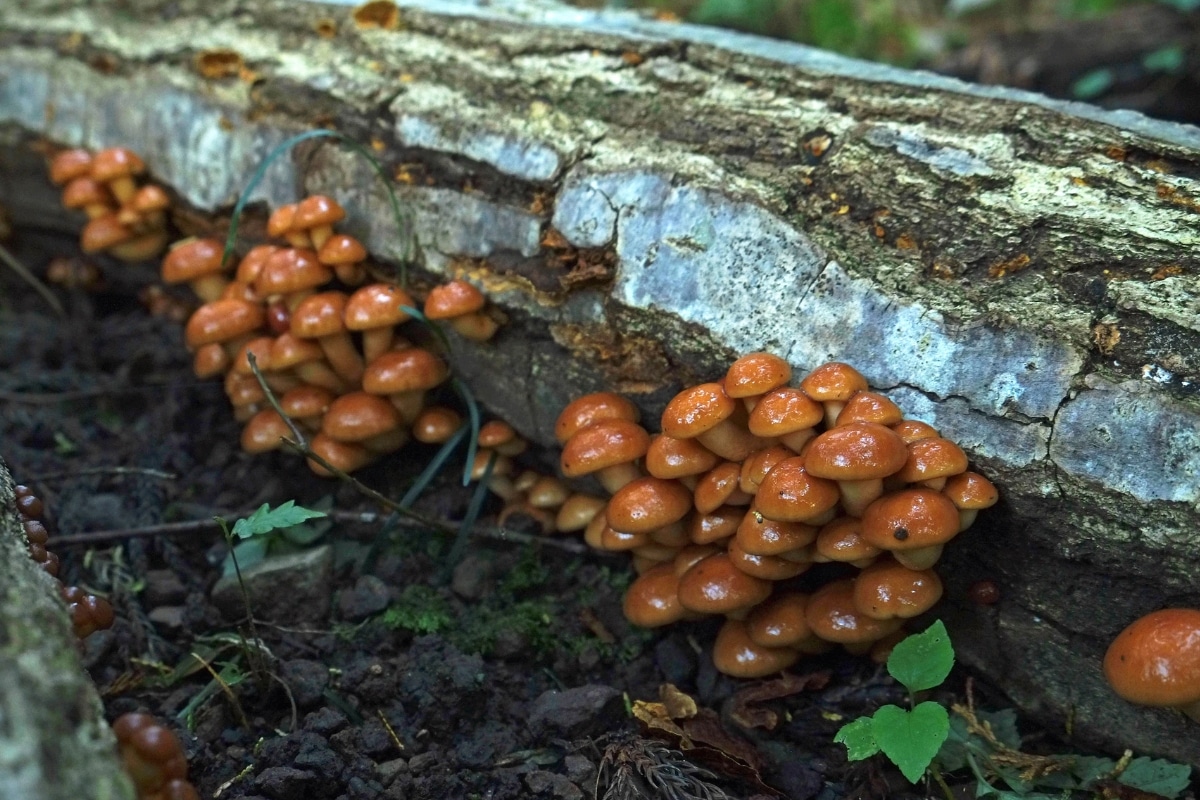
Mushroom Create Their Own Wind
Research teams found that oyster and shiitake mushrooms use complex fluid dynamics to eject their spores. Using these techniques, the spores are shot up to 4 inches into the air (that’s a lot for a stationary organism). This is essential for spreading the spores further. Some species work together and coordinate their spore releases perfectly so they can have the most impact.
The mushroom spore-releasel teamwork creates tiny air jets that help spores travel 30 times further than average. A single spore on its own might only go 3 millimeters. But, with this coordinated effort, the spores go more than triple the distance, up to 10 centimeters away.
The process starts with the mushrooms releasing a water vapor right before launching their spores. As the water vapor evaporates, it cools the surrounding air. This temperature change creates mini wind currents that lift the spores away from the mushroom’s surface. As the thousands of spores launch together, they also trigger changes in the mushroom’s tissue. This creates a chain reaction that leads to even more spore releases. And so commences a massive spore-filled wind.
Being able to make their own wind gives mushrooms a huge survival edge. They can spread their spores effectively in places where air barely moves. This trick works great for mushrooms that grow on forest floors or in hidden spots where regular winds can’t reach them.
Scientists think all fungi that make physical mushrooms might use this cooling trick, including types that affect plants, animals, and humans.
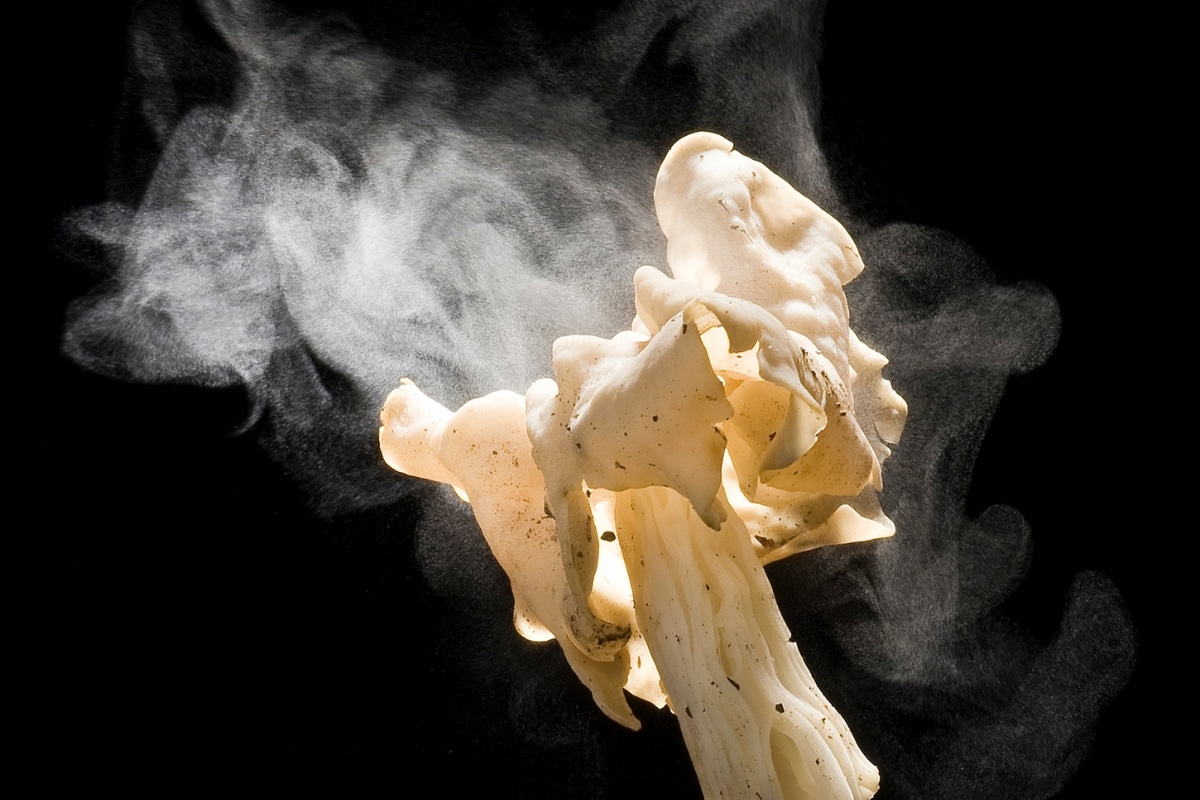
Glowing Mushrooms
Scientists have identified more than 100,000 fungi species, but only 125 (that we know of) can emit light and glow in the dark. Two notable examples are the jack o’lantern mushroom and bitter oyster (Panellus stipticus). Their gills are responsible for producing most of the light.
This natural light show is created through a chemical process. It comes from a luciferin-luciferase reaction within the mushroom. This reaction needs water and oxygen to function. When the conditions are right, the mushrooms produce a steady greenish glow at wavelengths between 520 and 530 nanometers.

In addition to glowing, the mushrooms also optimize their brightest glowing times. They follow a 22-hour cycle that shifts to 24 hours based on temperature. Using this internal clock helps them save energy by concentrating their brightest glowing at night. After all, it doesn’t help them a ton to be glowing super bright in the middle of the day when no one can see it.
Luminescent fungi grow in many places around the world. Asia has the most species, with North and South America following close behind. Brazil’s Ribeira Valley has 27 different glowing mushroom species – the highest concentration anywhere in the world. The glowing mushrooms prefer temperate and tropical climates.
The reason why mushrooms glow puzzled scientists until recently. They discovered, though, that the light draws insects, beetles, flies, wasps, and ants to the mushroom. These insects then help spread the mushroom’s spores through the forest. This strategy works well in forests with dense canopies where wind cannot easily spread the spores. The constant glow also keeps nocturnal animals from eating the mushrooms.

Mushrooms Learn and Remember
Research shows that fungi can make decisions and change how they grow based on their environment. The mushroom’s mycelia (its “root” system) can recognize spaces around it and remember things for up to 24 hours. In lab tests, the fungi grew in strategic ways when faced with different physical setups. This points to sophisticated communication in their mycelial networks.
Scientists also found groundbreaking information about wood-decaying fungi. These fungi can recognize different block arrangements and respond to them. When presented with a cross-shaped pattern, the fungi built denser connections in the outer blocks as “outposts” for finding food.
When blocks were arranged in circles, they kept uniform connections but stayed away from the center. This demonstrates how well they could manage resources.
Some fungi species even got better at solving problems after getting small doses of psychedelic compounds. This shows their ability to improve, think, and adapt their approach.
Scientists at Tohoku University found that fungi share information about their surroundings through their entire network and adjust how they grow. Between the cells in every mycelium, there’s a constant flow of chemicals, nutrients, and electrical impulses that keeps the whole organism informed and working together. This lets them respond faster to environmental changes and threats. The ability to communicate shows a basic form of consciousness that challenges what we know about thinking.
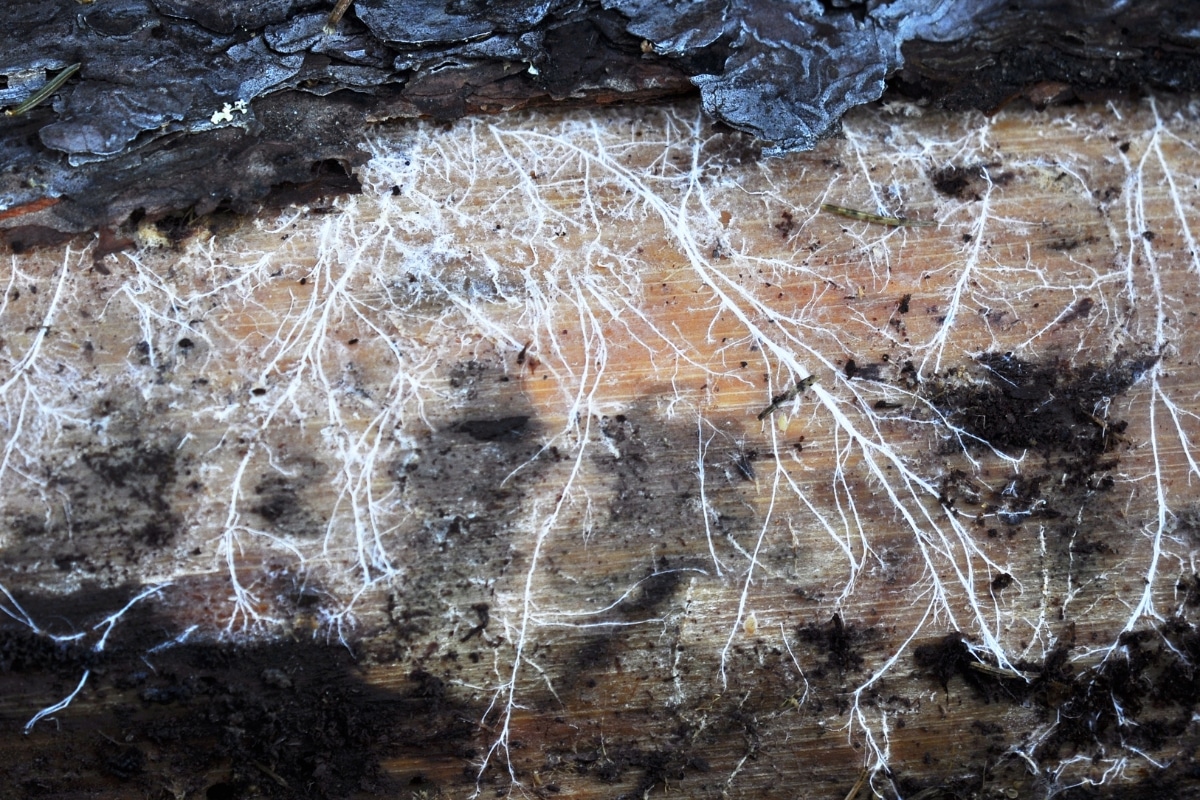
Zombie Fungi
Scientists have found over 35 species of Ophiocordyceps that control ant behavior. In Thailand’s rainforests, researchers found “ant graveyards” where infected ants died in groups. Some had more than 25 ants per square meter.
Mushroom species in this genus don’t just prey on ants. Many are species-specific, with moths, beetles, or other insect larvae. However, these species don’t always use mind control; they just attack and take over the larvae as a nutritional source for reproduction.
The crazy and quite freaky part of the mind control process is that the fungal cells don’t invade the ant’s brain directly. They release different compounds near the ant’s nervous system, and these chemicals, among other toxins, stop the ant from talking to its nestmates.
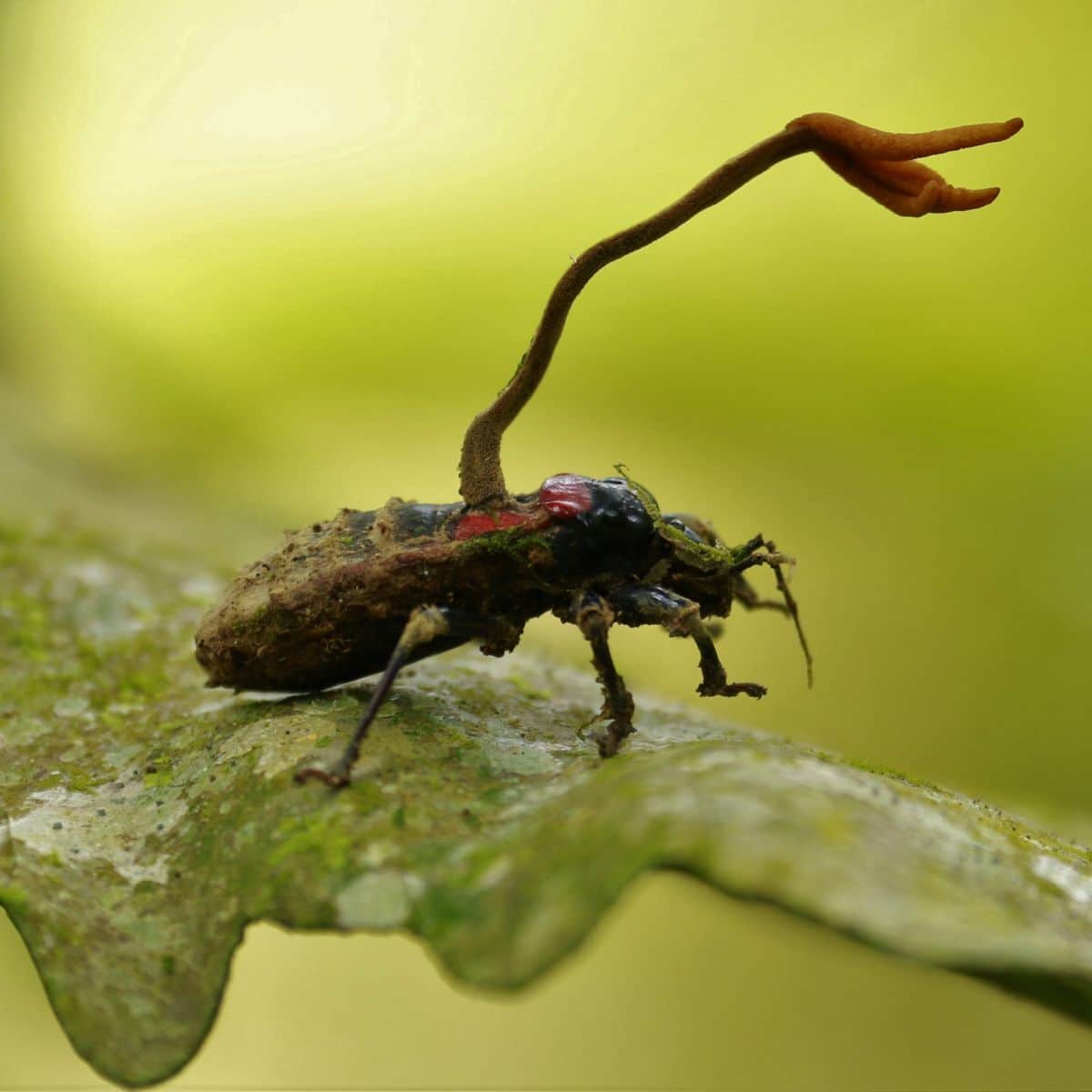
The fungal spores attach to the ant’s exoskeleton and bore through it using enzymes and pressure. After breaking through the ants’ armor, the mushroom spores spread through the ant’s body and feed on its internal tissues. The infection needs about 16-24 days to build up enough mass. The ant goes through a remarkable change in behavior at this point.
The infected ant leaves its colony and normal food-gathering patterns. It wanders without purpose and has random convulsions that make it fall from trees. The dying ant climbs exactly 10 inches above the ground and bites onto a leaf vein. This “death grip” becomes the ant’s final act because its jaw muscles waste away completely, which keeps it anchored forever.
When the process is done, a fungal stalk bursts from the dead ant’s head and releases spores to start the cycle again. The fungus keeps a careful balance. Other parasitic fungi attack Ophiocordyceps itself, which stops it from killing too many ant hosts. This complex relationship helps the fungus survive without wiping out its host population quickly.
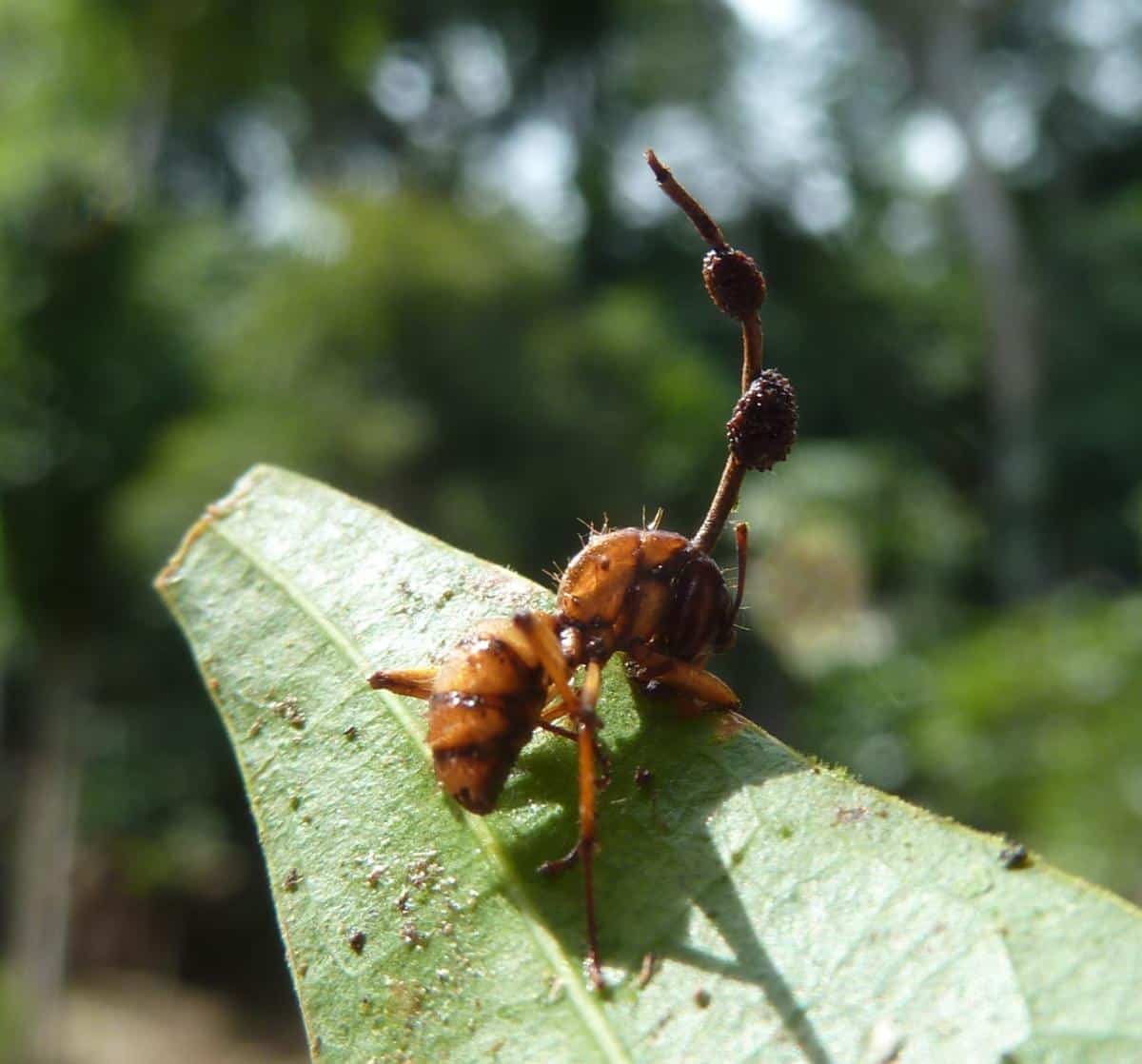
Ophiocordyceps unilateralis by Michael Klotzenburg on Mushroom Observer
The Largest Living Organism Is a Mushroom
Beneath Malheur National Forest in Oregon, scientists have recorded a single fungal entity, known as the “Humongous Fungus,” as Earth’s largest known living organism.
This massive specimen of Armillaria ostoyae, commonly called honey fungus, grows in the Reynolds Creek and Clear Creek areas. You can find it about eleven miles east of Prairie City. The underground mycelium network of this mushroom spreads across 2,385 acres (about 3.7 square miles) of forest land. Scientists have confirmed through DNA testing that this is a single-living organism. This makes it Earth’s largest by biomass.
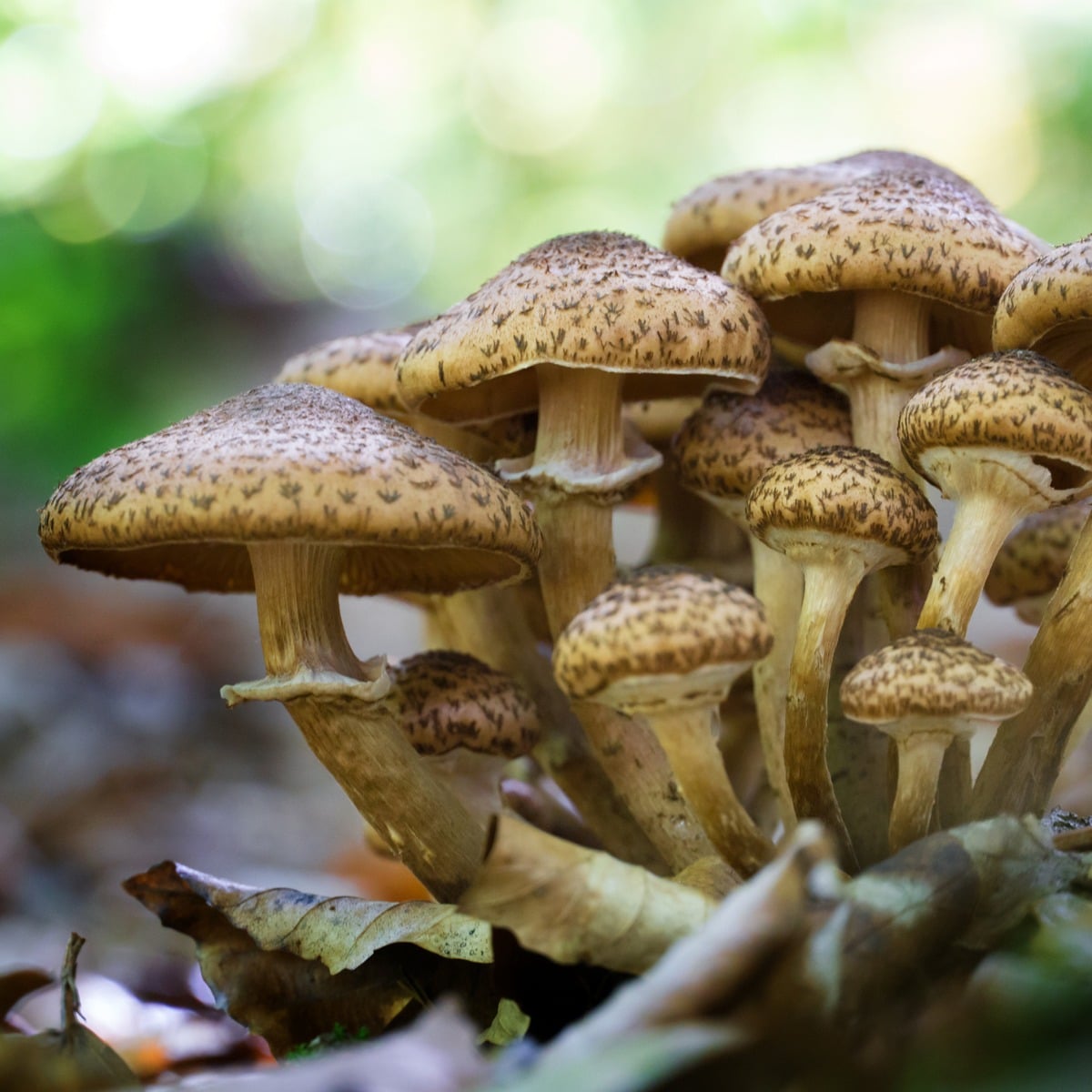
The fungus exists mostly as an underground network of black, root-like structures called rhizomorphs. The organism weighs between 7,567 to 35,000 tons – as heavy as 60 Boeing 747s at maximum takeoff weight. Each fall, clusters of visible honey mushrooms sprout from infested tree bases.
When the mushrooms aren’t fruiting, though, it isn’t immediately apparent or obvious that this giant organism is there at all. The main sign of their presence is the multitudes of dead and dying trees in the area. Honey mushrooms are saprotrophs.
Scientists estimate this fungal giant’s age between 2,400 and 8,650 years, based on its growth rates of 0.7 to 3.3 feet per year. This also makes it one of Earth’s oldest living organisms – it could be twice as old as Stonehenge. The fungus maintains its long life by being parasitic and saprotrophic. It attacks and feeds on living tree roots and then continues to consume the dead wood after the trees die.
This honey fungus parasitizes trees through an intricate process. Its rhizomorphs spread underground and parasitize the tree’s root systems. The fungus then creates mats of mycelium under the bark that gradually girdle the tree. This is a slow process, and a tree typically dies between twenty to fifty years.
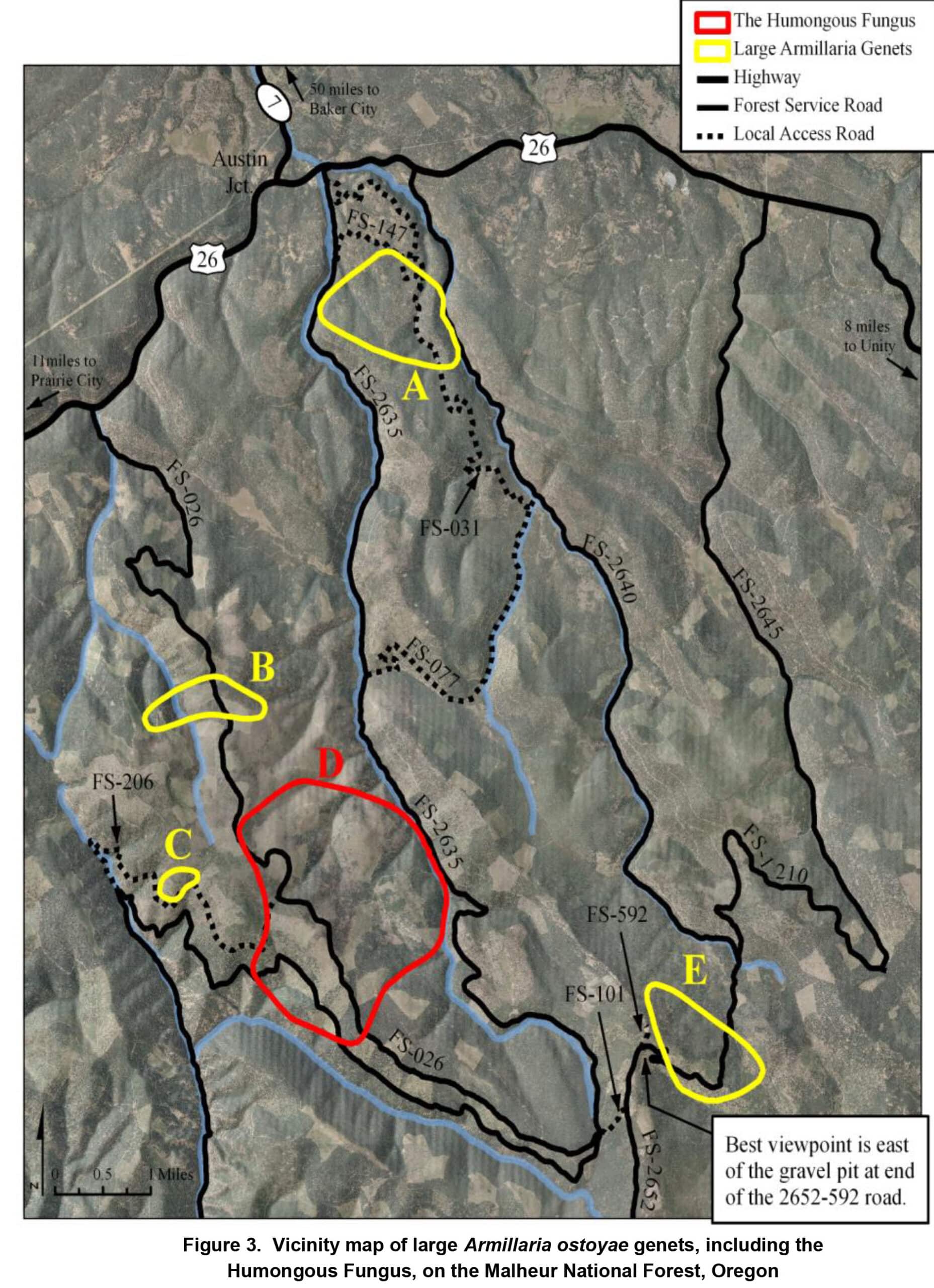
Mushrooms Can Digest Plastic
Fungi use a complex process to break down plastic. They release enzymes like peroxidases, laccases, and hydrolases that turn complex plastic polymers into smaller, digestible pieces. Some mushroom species can reduce plastic waste weight by 40-60% in just weeks. The Pestalotiopsis genus is a particularly remarkable species because it knows how to survive on polyurethane alone. And it doesn’t matter whether oxygen is present or not.
Marine fungi are crucial in fighting ocean pollution. Scientists found that the marine fungus Parengyodontium album breaks down plastic after UV exposure. A trailblazing experiment in Corvallis, Oregon, showed how burlap sacks filled with mycelium cleaned toxins from polluted streams. Scientists also found 184 fungal and 55 bacterial strains in Chinese coastal salt marshes that could break down polycaprolactone.
These plastic-eating fungi could do more than just clean up the environment. Scientists plan to add fungi to wastewater treatment systems to get rid of microplastics. Austrian researcher Katharina Unger created the ‘Fungi Mutarium,’ which lets oyster mushrooms break down plastic while staying safe to eat. Research now focuses on two main areas:
- Landfill bioremediation – mushrooms reduce plastic waste volume and contamination risk.
- Sustainable manufacturing – plastic-degrading enzymes help create biodegradable materials.
Some challenges still exist. These fungi need specific growing conditions with the right pH and humidity levels. On top of that, high-density plastics are harder for fungi to break down than low-density ones. Scientists keep looking for ways to make these processes better by studying new isolates from plastisphere ecosystems.
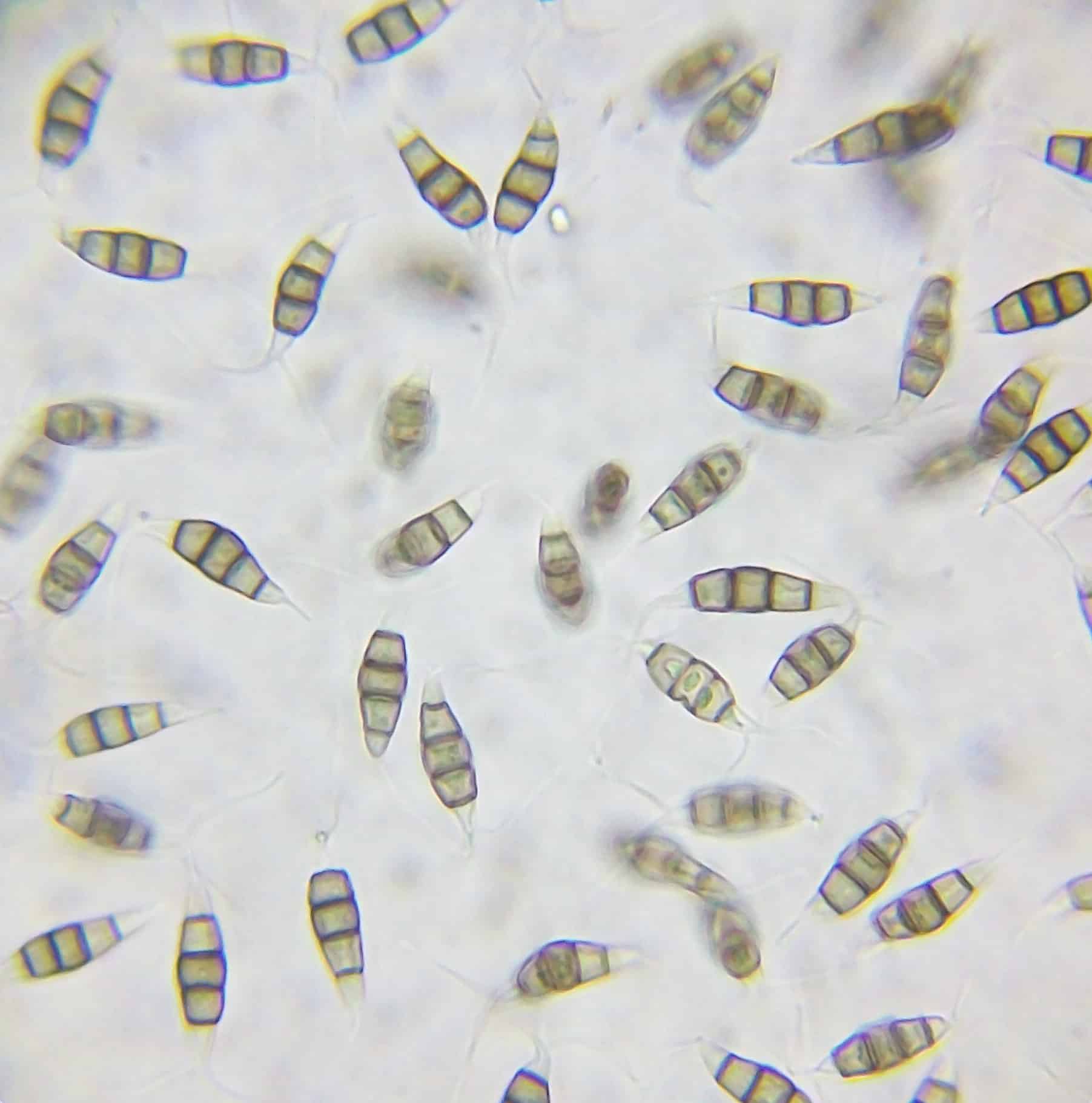
Some Mushrooms Can Survive Radiation
Radiotrophic fungi like Cladosporium sphaerospermum have developed the remarkable ability to not only survive but thrive in highly radioactive environments such as Chernobyl. These organisms contain melanin that acts as a protective shield against radiation. It also converts the radiation into usable energy through a process called radiosynthesis.
Scientists are looking into many ways to use fungi that can absorb radiation. They believe these mushrooms can help clean up the environment and protect astronauts during space missions. Experiments done on the International Space Station showed that these mushrooms might guard astronauts from cosmic radiation on long trips.
Beyond C. sphaerospermum, there are other melanin-rich species like Wangiella dermatitidis and Cryptococcus neoformans that grow faster in high-radiation environments. These hardy fungi have made their home in extreme places worldwide. They appear in radioactive zones and Antarctic regions. One species, Cryomyces antarcticus, lives under conditions that simulate Mars and can survive cosmic radiation. The radiation-eating ability of these fungi opens up exciting possibilities for the bioremediation of nuclear disaster sites and the development of radiation-resistant materials.
Mushrooms Are More Related to Humans Than Plants
Scientists have found that fungi and animals first split off from plants and then split off from each other. Research teams compared over 25 proteins and DNA sequences from bacteria, animals, plants, and fungi. The results consistently showed the strongest matches between animals and fungi.
The genetic evidence shows exactly where animals branched away from fungi. Fungi and animals share an ancestor that dates back more than a billion years. This connection helps explain why fungal infections are so complicated to treat in humans. The similar metabolic processes make it tough to target fungi without harming human cells.
A major difference between animals and mushrooms and plants is that animals and mushrooms store their carbohydrate energy as glycogen, while plants use starch instead.
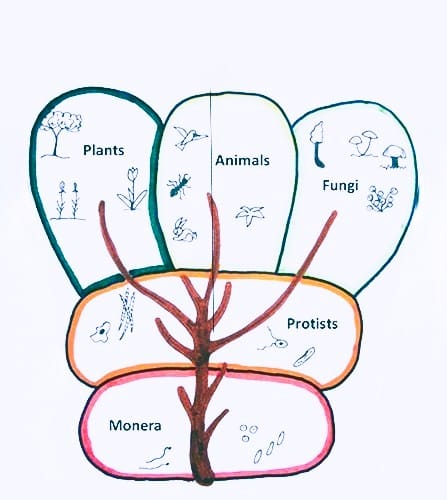
Certain Mushrooms Can Create Rain
Scientists found that mushroom spores in the Amazon River basin attract moisture. This leads to cloud formation and rainfall. Research shows these spores act as nuclei for water droplets in clouds. They are essential to a cloud-seeding system. A single mushroom releases up to 30,000 spores every second, which adds to this crucial ecological process.
Mushrooms release millions of tons of tiny spores into the atmosphere each year – about 50 million tons annually. These microscopic particles float high into the air and collect water vapor on their surface. Water condenses onto the spores because of their sugar coating. This rapid fluid movement launches them away from the mushroom at speeds of 1.8 meters per second.
These airborne fungal spores work exceptionally well at forming large water drops in clouds. Tropical rainforest raindrops contain fungal spores at their core 90% of the time. This creates a continuous cycle – the rain helps the mushrooms grow, which causes more spores to be released, which ends up making more rain.
The impact of fungi on rain is most common in tropical regions that have large and diverse mushroom populations. Scientists think this process could work in as many as 16,000 mushroom species. The system works best in places with high humidity, which is why it’s more common in tropical places. Through this complex process, mushrooms keep their environment damp enough to survive, which shows another way fungi shape their surroundings.
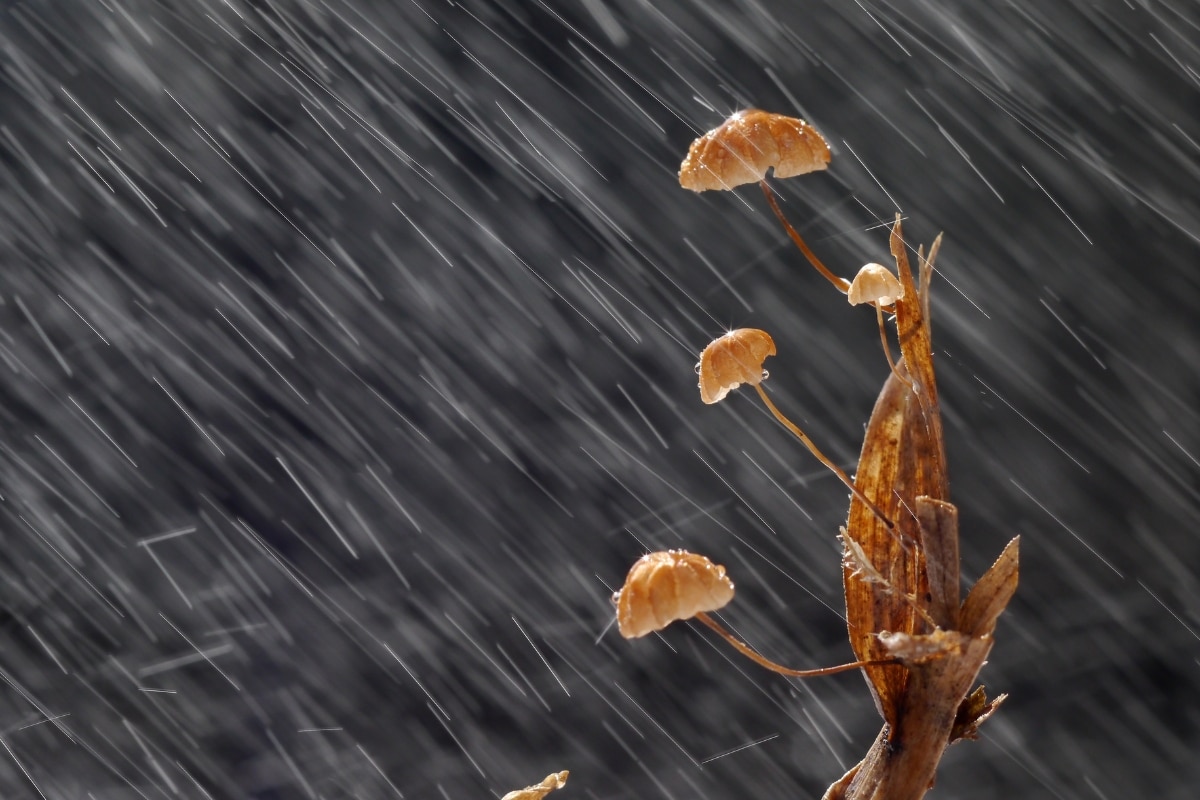
Mushrooms Can Generate Electricity
Scientists created an impressive “bionic mushroom” that combines regular button mushrooms with bacteria that produce energy. This combination turns the mushrooms into electricity generators. The mushroom’s surface has a special bio-ink with cyanobacteria printed in spiral patterns, which creates electricity when light hits it. These bacteria use photosynthesis and release electrons to generate small electrical currents.
Two types of fungi work together in this process. A yeast fungus releases electrons at the anode, while a white rot fungus creates specialized enzymes at the cathode.
One of the most exciting prospects of this discovery is the potential for mushroom batteries. Currently, a company is developing 3D-printed, biodegradable fungal batteries! These batteries can power temperature sensors for days and help agricultural and environmental research. The battery is turned on by adding water and nutrients. Fungi batteries are an eco-friendly option, especially compared to our current ones, and they’re perfect to use in remote areas.
The latest studies show exciting progress. Some fungal species produce remarkable power outputs – Trametes versicolor creates 1200 mW/m3, Ganoderma lucidum reaches 207 mW/m2, and Hansenula anomala achieves an impressive 2,900 mW/m3.
Research now focuses on getting more power output and making the batteries last longer. There is also research into modifying cyanobacteria’s genes to produce more electrons, which could lead to better electrical generation in future applications.
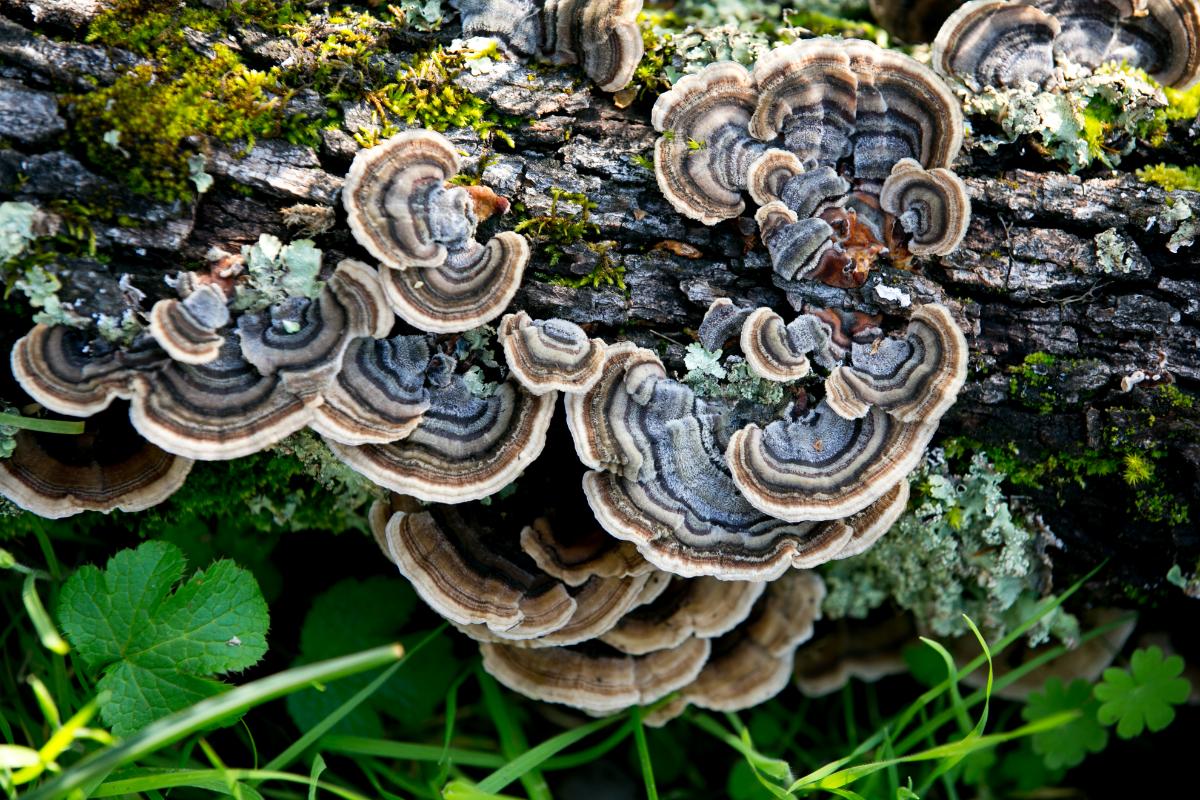
Some Mushrooms Can Break Through Concrete
Some mushrooms have the power to break through even the toughest materials, including concrete. Lab tests showed that some fungi can grow on mortar surfaces. They develop vast networks of hyphae and release enzymes that break down nutrients they need and slowly weaken building materials.
Scientists also found that there was something even more fascinating. Fungal spores and their nutrients can be mixed into concrete during preparation to strengthen the concrete. When cracks form, and water seeps in, the dormant spores wake up and start a remarkable self-healing process. This is what the fungi Trichoderma reesei does when it is combined with concrete.
The interaction between fungi and concrete components has led to exciting developments in construction technology. Researchers are now testing adding specific fungi to building materials to create self-healing concrete. This concrete could be more sustainable and last much longer. Not only that, it could cut maintenance costs and provide an eco-friendly answer to infrastructure wear and tear.

Mushrooms Can Hunt Their Prey
Nematode-trapping fungi (NTF) excel at hunting with incredible precision. These fungi develop complex trapping devices when they detect specific nematode pheromones. Scientists have identified over 200 species that target nematodes and other microscopic animals.
These fungal hunters use two main strategies to catch their prey. They either use constricting rings – three-celled structures that swell up in a tenth of a second to squeeze prey with deadly force, or they create sticky traps like branches, knobs, and nets covered with special glue that stops prey in its tracks.
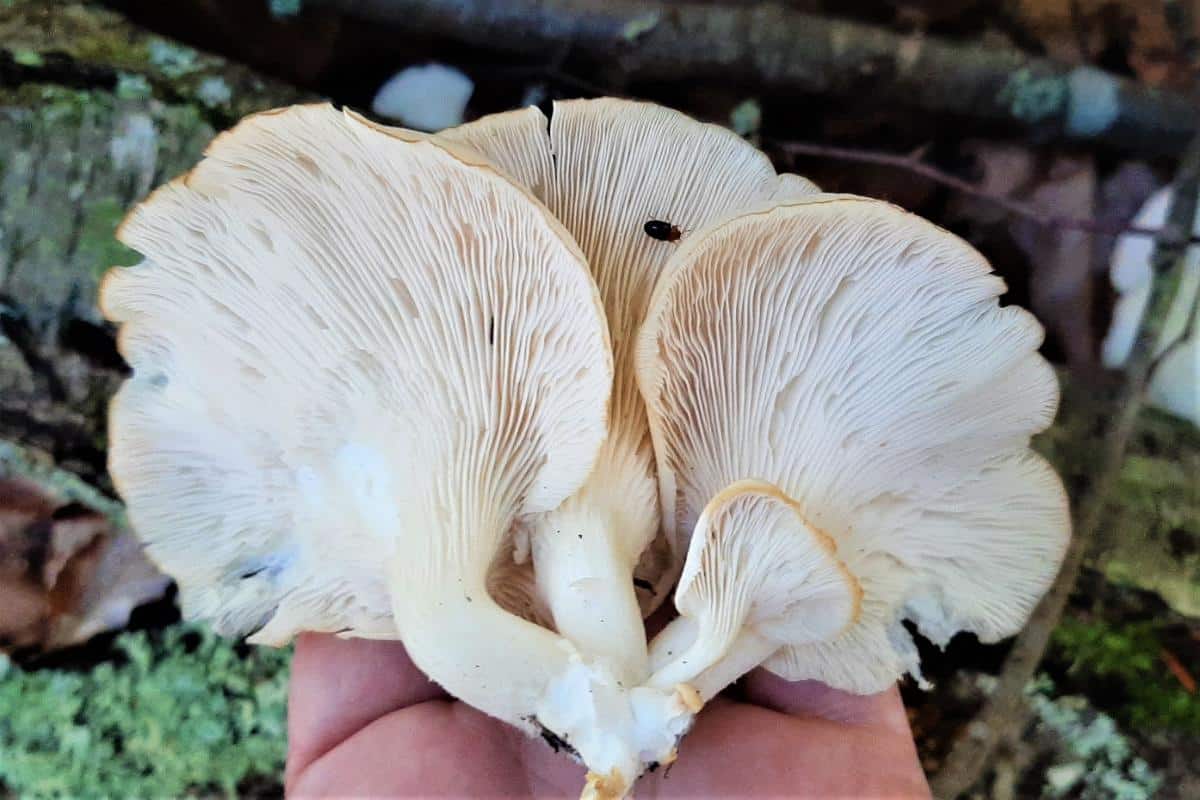
The oyster mushroom (Pleurotus ostreatus) has a sophisticated hunting technique. It uses structures called toxocysts to release a compound that paralyzes nematodes within minutes. This paralysis causes a massive calcium surge throughout the prey’s body and leads to quick cell death. The oyster mushrooms pierce their victim’s body with their hyphae and release enzymes to digest the prey’s insides.
Some species create extensive trap networks in lab conditions when prey is nearby. They adapt their hunting approach based on their environment. The hunt involves complex chemical signals. The fungi detect specific compounds their prey releases and coordinate their trap formation with precision.
They can hunt while breaking down organic matter at the same time, which shows how adaptable they are at getting nutrients. This dual ability helps them thrive in many environments, especially in nitrogen-poor soils where knowing how to hunt gives them a significant advantage for survival.
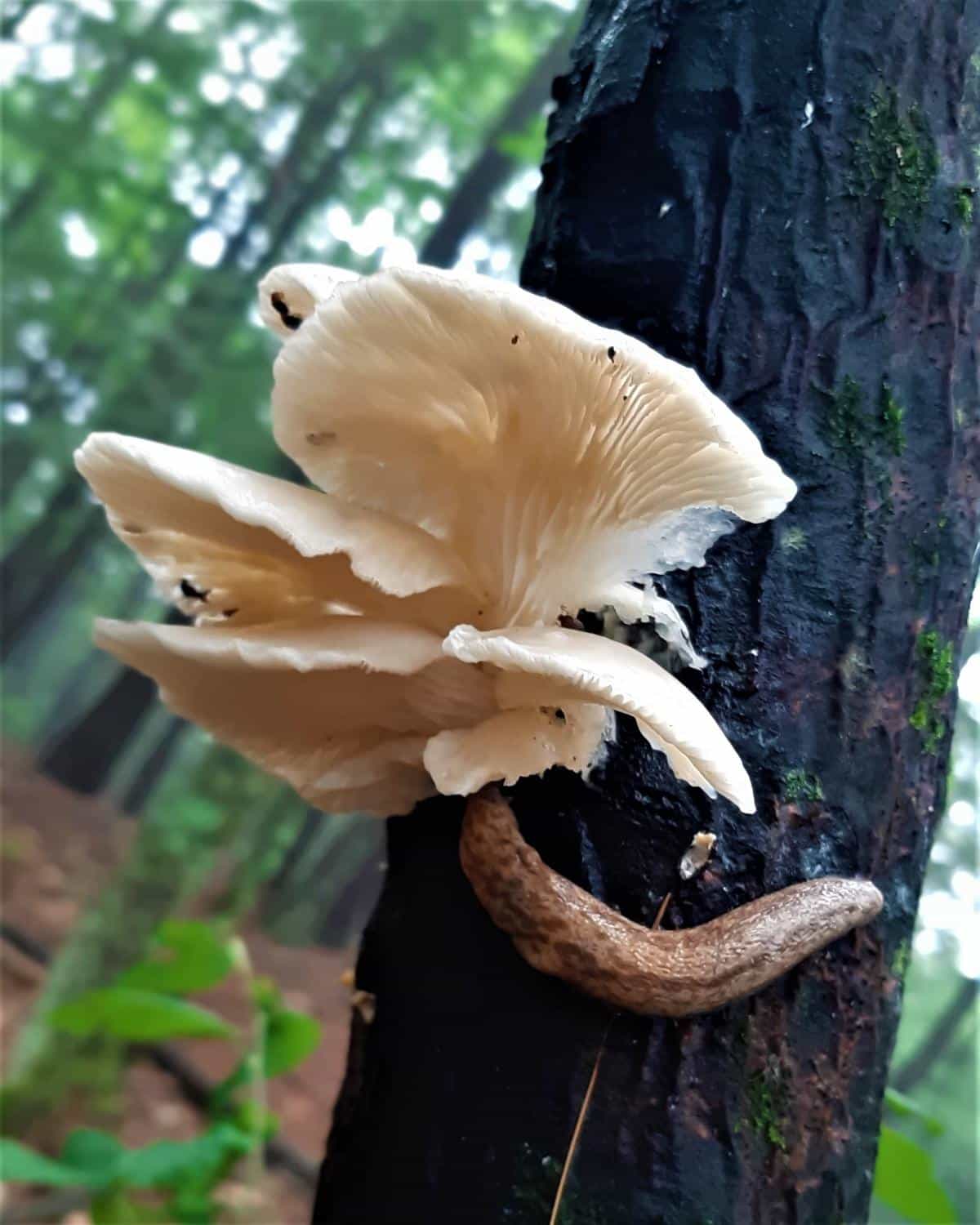
Mushrooms Communicate Through Vast Underground Networks
A complex web of fungal connections exists beneath the forest floor. These are the mycorrhizal networks of mushrooms. And they aren’t stand-alone – their existence affects the entire ecosystem around them. Tree and plant root systems use these underground pathways to share resources and information.
Fungal filaments, called hyphae, connect with tree root tips to create this network. Both organisms benefit from this relationship. The fungi help trees by breaking down soil minerals, and trees give sugar back to the fungi. These networks connect multiple trees together, creating what scientists nicknamed the “wood-wide web.”
Trees use these fungal highways to exchange vital resources. Scientists in a Swiss forest study tracked carbon movement by spraying special isotope-marked compounds on tree leaves. They found that the marked carbon showed up in nearby trees, which proved resources were being shared.
The best proof of fungi helping transfer resources came from studying ponderosa pine seedlings. When scientists applied dyes to older pines, they watched as these dyes moved through fungal pathways to reach younger trees.
These networks do more than just share resources. They send electrical impulses that work like alarms to coordinate responses throughout the fungal community. Scientists found these electrical signals travel through hyphal networks at speeds between 100 Hz to 10,000 Hz.
The network works much like human neural connections and uses similar amino acids to transmit information. This system allows fungi to:
- Share defense signals about incoming threats
- Coordinate responses to environmental changes
- Transfer water and minerals between connected organisms
- Exchange biochemical signals for survival
The size of these networks is impressive – just one teaspoon of forest soil has several miles of fungal filaments. These connections become especially important in closed-canopy forests where spores have trouble spreading by wind. Older trees help seedlings survive by sharing nutrients through this underground internet.
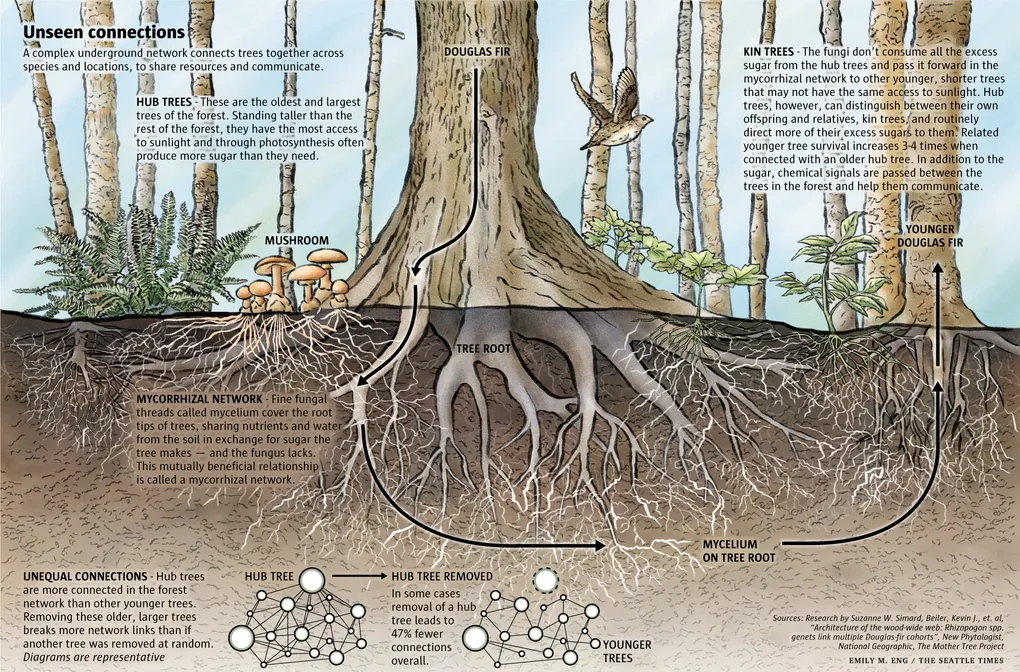





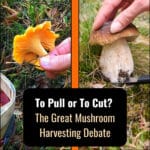
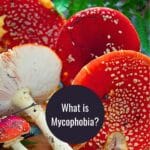

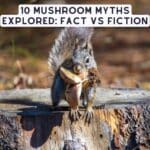
Leave a Reply